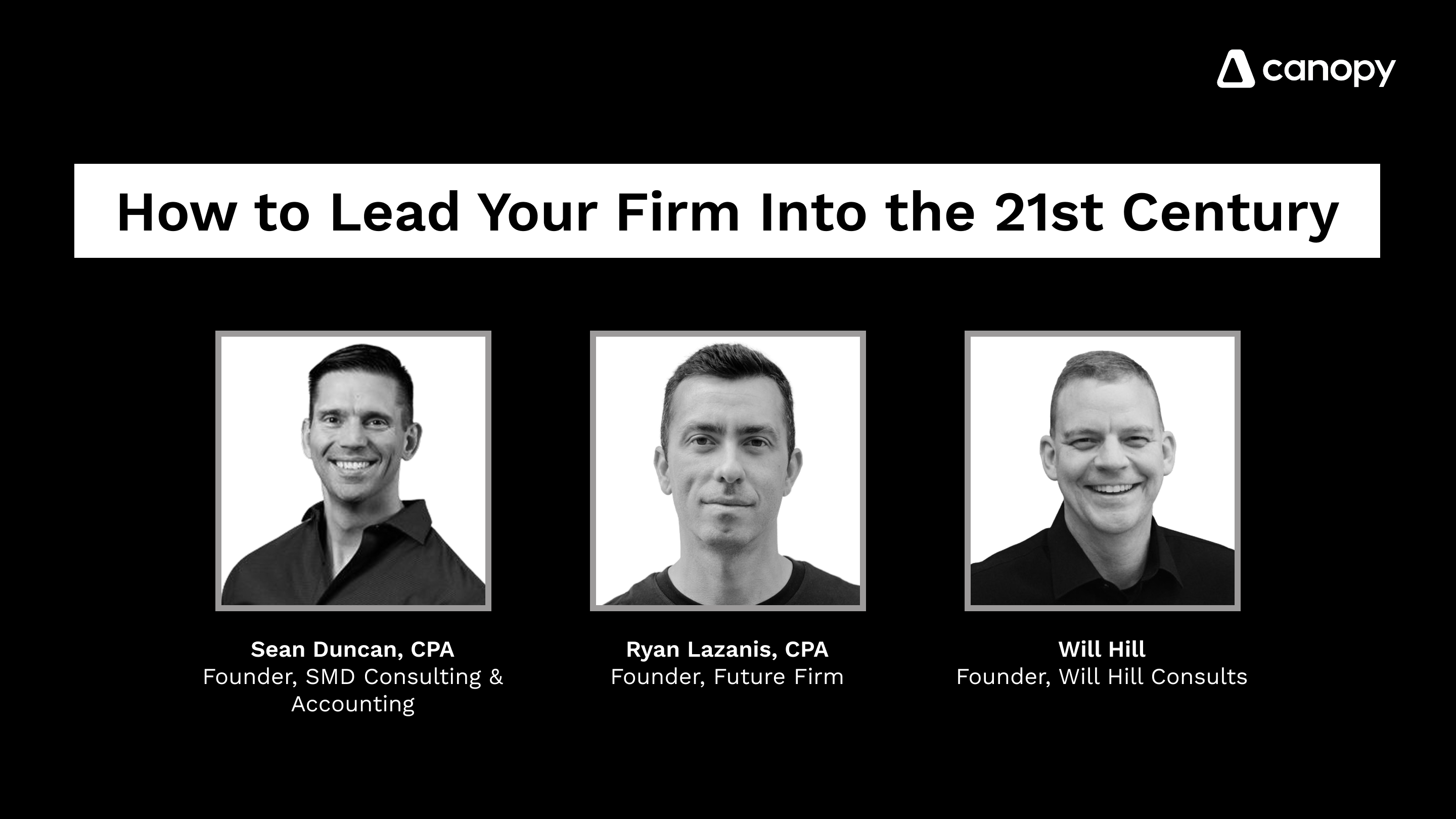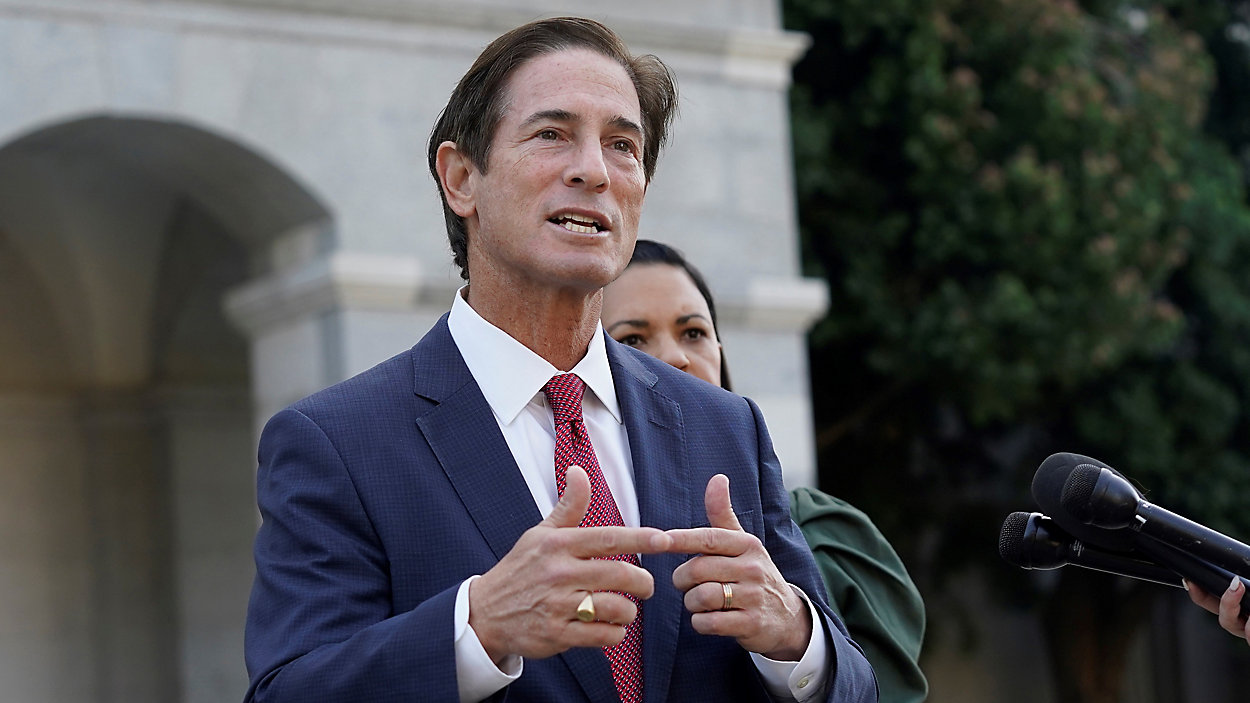Discover how AI is transforming corporate tax workflows with real-world examples from Thomson Reuters, Neo.Tax, and Orbitax.
Highlights
Thomson Reuters, Neo.Tax, and Orbitax are already applying AI to automate R&D credits, streamline global compliance, and enhance international tax research.
As AI evolves from automation to augmentation, corporate tax teams will gain smarter tools for statutory reporting, indirect tax, and transfer pricing strategy.
In a recent webinar, three leading tax technology companies, Thomson Reuters, Neo.Tax, and Orbitax, came together to show how AI is driving transformation in corporate tax. The panel shared real-world examples and forward-looking insights that reveal where AI is headed next.
If you are a corporate tax professional dealing with growing regulatory complexity, tighter deadlines, and pressure to deliver strategic insights, this post is for you. We will break down the most important takeaways from the webinar and show you how to shift from reactive problem-solving to proactive strategy using practical, AI-powered solutions.
Jump to ↓
From AI to LLMs: Breaking down the basics
Before diving into applications, the panelists clarified the core concepts:
Artificial intelligence (AI) refers to computers performing human-like tasks, such as classifying documents or drafting emails.
Machine learning (ML) is a subset of AI that learns patterns from historical data to make predictions, like identifying audit risk.
Generative AI (GenAI) goes further by creating new content such as text, code, or images, based on learned patterns.
Large language models (LLMs), such as GPT-4 and Claude, are trained on massive amounts of text and excel at tasks like summarizing documentation or answering complex questions. However, they struggle with rule-based logic and deterministic tasks like solving math problems. Understanding these strengths and limitations is key to using AI effectively in tax workflows.
Macro trends driving AI adoption
Tax departments are under pressure. Regulations like Pillar Two, e-invoicing, and real-time reporting are increasing in complexity. At the same time, tax teams are expected to deliver faster insights, ensure global compliance, and act as strategic partners to the business—all while managing fragmented systems and limited resources.
Four major trends are accelerating AI adoption:
Computational power is growing exponentially, making advanced models more accessible.
Global data is doubling every two years, much of it labeled and ready for training.
Venture capital investment in AI startups has surpassed $100 billion in 2025 alone.
Breakthroughs in model architecture, such as Transformers, have unlocked new capabilities.
These forces have pushed AI beyond expectations, creating a gap between what’s possible and what many corporate tax teams are prepared for. That gap can feel overwhelming, but it’s also where the biggest opportunities lie.
Neo.Tax R&D Credit Manager
ONESOURCE and Neo.Tax modernize the R&D tax credit process
Learn more ↗
Real-world AI use cases in tax tech
Thomson Reuters: Building intelligent compliance
Thomson Reuters is focused on intelligent compliance, using AI to consolidate tax data and deliver actionable insights. Their approach integrates AI into existing workflows and automates specific tasks end-to-end
Thomson Reuters has partnered with Orbitax for over 15 years. Together, they’ve built international tax capabilities into platforms like ONESOURCE and Checkpoint. These integrations help streamline global compliance for corporate tax teams.
Key capabilities include:
AI-powered chart of accounts mapping
Product classification for indirect tax and global trade
Regulatory insights grounded in Checkpoint content
CoCounsel Tax, a secure research and workflow platform that enables junior staff to produce senior-level work and reduces reliance on external advisors
Neo.Tax: Automating R&D and software capitalization
Neo.Tax has built a fully automated pipeline for R&D tax credits and ASC 350-40 compliance. In partnership with Thomson Reuters, these AI-powered workflows are being embedded directly into ONESOURCE, enabling greater efficiency and accuracy for corporate tax teams. Their AI models:
Identify and cluster data from project management tools—such as Jira, Asana, AzureDevOps, and GitHub—into projects
Determine how much effort (in terms of relative time) each employee spent working on each project
Qualify projects for the R&D tax credit using the IRS’s four-part test
Reconcile payroll and general ledger data to allocate costs to projects
Generate audit-ready documentation
This approach saves time, reduces risk, and enables faster tax planning. Neo.Tax is also expanding into financial planning, tax forecasting, and transfer pricing automation in the near future.
Orbitax: Powering international tax research
Orbitax’s XatBot is a conversational AI assistant embedded into their international tax platform. It provides instant answers to complex tax questions using Orbitax’s proprietary global tax library.
Coming soon:
XatBot Monitor, which tracks tax law changes and distributes comparison reports to stakeholders
Scenario analysis tools that allow users to query tax return data directly and extract insights instantly
These tools are especially valuable for global minimum tax compliance, helping tax teams stay ahead of regulatory changes and respond with confidence.

Orbitax Global Minimum Tax
Stay compliant with rapidly evolving Pillar 2 global minimum tax regulations
Request a demo ↗
What’s next for AI in corporate tax
AI is set to reshape even more areas of tax operations. Here’s where we expect the biggest impact ahead:
Statutory reporting: Agentic workflows will automate document creation and data mapping, while adapting to jurisdictional changes in real time.
Indirect tax: AI will enhance reconciliation and product classification by predicting anomalies and adjusting to evolving tax codes.
Global trade: Expect AI to support proactive tariff planning and scenario modeling, helping teams respond to geopolitical shifts and supply chain disruptions.
Transfer pricing and tax forecasting: GenAI will enable real-time simulations, allowing tax leaders to test pricing strategies and forecast outcomes with greater precision.
As AI becomes more embedded in tax workflows, the focus will shift from automation to augmentation. This empowers corporate tax leaders to make faster, smarter decisions.
Addressing myths and security concerns
AI adoption often raises questions about data privacy and reliability. The panelists addressed several common myths:
AI does not store all data forever. Enterprise-grade tools process data securely and ephemerally.
AI is not replacing tax professionals. It limits manual work and enables strategic oversight.
AI can be trusted when grounded in structured inputs and paired with human review.
Neo.Tax, Thomson Reuters, and Orbitax all offer robust data protection, including encryption, anonymization, opt-out controls, and compliance with SOC 2, ISO 27001, and GDPR.
Build momentum with targeted AI adoption
AI is already transforming corporate tax operations. To harness its full potential, your organization should take these four practical steps:
Assess your current workflows and identify pain points
Start small with targeted automation
Build a strategic roadmap with clear metrics
Engage trusted partners to accelerate adoption
Whether you want to streamline your R&D credit, stay ahead of global minimum tax regulations, or unlock new efficiencies in indirect tax, AI offers a clear path forward.
Explore the solutions
Neo.Tax: Automate your R&D credit and ASC 350-40 workflows with precision and speed
Global minimum tax: Stay ahead of Pillar Two compliance with integrated solutions from Orbitax and Thomson Reuters
























